We discuss various DIY and commercial earplug substitutes and explain their safety and efficacy.
Earplugs are helpful little tools that dampen or block surrounding noise. They can be lifesavers if you’re looking for a way to relax, sleep, or focus better.
But what if you don’t have earplugs and desperately need a pair? Even worse, what if you’re stuck somewhere, or it is in the middle of the night, and you can’t run out to buy some?
You’ve come to the right place. In this article, we discuss some earplugs alternatives you can buy or make at home using simple materials. We’ll also talk about the safety and effectiveness of each option, so keep reading until the end.
What to Use as Earplugs: 3 DIY Alternatives
If you don’t have earplugs and you’re in dire need of something to help block noise, there are a few common materials you can find in your home that you can use as earplugs. These include the following:
Here’s how to turn each one into a pair of earplugs:
1. Cotton balls
Cotton fibers have been used in wax earplugs for decades due to their softness and malleability. So, it’s not a stretch to think cotton balls can work as earplugs instead of the typical foam ones.
Here’s what you need to create cotton ball earplugs:
- A bag of cotton balls
- Non-sticky plastic wrap
- Scissors
- Alchohol
How to create cotton ball earplugs:
- Disinfect your hands and scissors to avoid bacteria transfer on the cotton balls.
Scissors and alchohol - Break up a cotton ball until you have a dime-sized amount of material.
A piece of cotton ball - Roll the cotton into a neat ball.
Roll the cotton ball - Cut out a square of plastic wrap enough to cover the newly-rolled cotton ball.
Cut the plastic wrap - Wrap the cotton ball in plastic to prevent loose fibers from entering your ear canal.Make sure you don’t flatten the cotton ball while wrapping it.
Cotton ball wrapped with plastic - Do a test fit by inserting the newly-wrapped cotton ball in your ear.You can add or remove more cotton if the fit feels too loose or tight.
Fitting the DIY cotton earplug into the ears - Secure the plastic wrap once you have the perfect fit by closing the loose ends.
Secure the plastic wrap
Is cotton an effective earplug alternative?
Cotton is undoubtedly a cheap and convenient alternative, but can it block noise effectively? According to the Safety Research Corporation of America (SRCA), cotton only reduces noise by 7 dB, whereas earplugs can reduce up to 15-30 dB.
In terms of safety, cotton does pose some minor risks. For instance, cotton fibers can become trapped in your ear canal when using cotton earplugs without a plastic wrapping, which could lead to infection. Tightly packed cotton balls can also increase sweat and earwax buildup. And if left unaddressed, this can eventually affect your hearing.
2. Tissue paper
You can go the tissue paper route as a last resort if you’re looking for a pair of quick, one-time-use earplugs.
Here’s what you need to use tissue or toilet paper as earplugs:
- Plain, unscented tissue or toilet paper
- Water
How to create tissue earplugs:
- Take two pieces of clean, dry tissue paper and wad them up.
Wad the tissue paper - Lightly dampen both tissue wads and squeeze out the excess water.
Dampen the tissue - Mold them into a semi-elongated shape.Shaping them into balls might make them harder to remove later.
Molde the tissue into a semi-elongated shape - Do a test fit by inserting the tissue wads in your ear.You can add or remove more tissue if the fit feels too loose or tight.
Fit the earplugs - Dispose of the tissue wads when you’ve finished using them.
Is tissue an effective earplug alternative?
Tissue may be more effective at blocking noise than cotton because they’re damp. This makes it denser than dry tissue and is thus easier to get a better seal in the ear canal. The risk, however, is that pieces of wet tissue can get stuck in your ears and might cause infections if left unaddressed.
3. Moldable wax or silicone putty
Wax or putty is another great material to use for DIY earplugs. Although it’s not typically an item that’s readily available in your home, like tissue or cotton, it’s still easy to find and buy.
Here’s what you need to create wax or putty earplugs:
- Two pieces of moldable wax or silicone putty
- Swimmer’s headband
How to create wax or putty earplugs:
- Take two pieces of wax or putty and roll them in your hands until warm and soft.
Rolling the putty (From: Youtube/Mack’s Earplugs) - Slightly flatten the wax or putty and place one over the exterior of the ear canal (pinna).
Positioning the putty (From: Youtube/Mack’s Earplugs) - Press it gently and evenly into the pinna until you feel it go partially into the ear canal.
Inserting the putty into the ear canal (From: Youtube/Mack’s Earplugs) - Check the mirror to see if the wax or putty covers the entire pinna.
Is wax or putty an effective earplug alternative?
The effectiveness of wax or putty earplugs is higher than cotton and tissue, given that many are waterproof and designed to seal off the ear canal entrance entirely.
Most brands have a Noise Reduction Rating (NRR) of 20-23 dB, which is decent. Other brands like PQ Ear Plugs can reduce noise by 32 dB, making them as effective as foam earplugs.
Unfortunately, the downside with wax or putty earplugs is that they can melt due to body heat. This can be disastrous for your ears because the wax or putty will be much harder to remove. Any leftover gunk could also cause an infection as these types of earplugs cannot be washed.
4 Other Earplugs Alternatives You Can Buy
If you’re simply uncomfortable inserting anything into your ear canals, whether it’s cotton, tissue, or wax, there are other options you can consider.
In this section, we’ll discuss earplug substitutes you can buy that work to mask, muffle, or cancel out unwanted noise. You’ll also learn about different types suited for sleeping or loud activities.
1. White noise machines

These devices look like small radios that play ambient noise tracks to improve sleep. Each machine usually comes with around 20-25 noise loops, consisting of various nature-related sounds such as ocean waves, rain, waterfalls, rivers, birds, and bonfires.
Furthermore, these sounds represent different noise colors, such as pink, brown, white, etc. Each color has unique sound qualities and choosing which to go for depends on what sounds most relaxing to you.
Aside from this, most white noise machines also come with mood lights, 32 volume levels, and a timer.
Are white noise machines effective and safe?
Yes, noise machines are very effective, even for babies.
White noise machines are generally safe if you limit the volume to reasonable levels, especially when listening for prolonged periods. For babies, this means keeping the volume at 50 dB and placing the machine as far away from them as possible.
Here are some effective white noise machines to check out:
2. Noise-canceling headphones
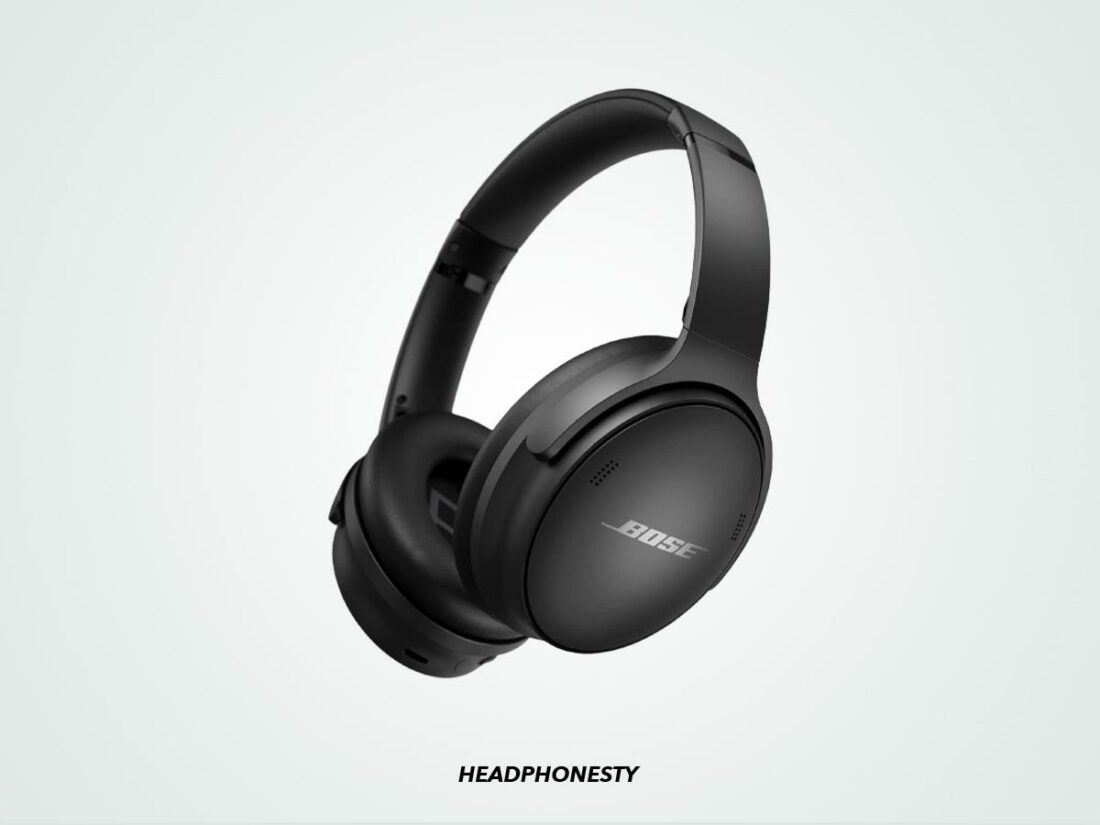
These headphones electronically cancel out background noise to protect your hearing, improve your audio, and help you relax or focus. But how exactly do they work?
One appealing thing about noise-canceling headphones is that they’re great for blocking annoying low-frequency noises like engines, vacuums, radiators, and fans.
Unfortunately, many are too bulky to use while sleeping and significantly more expensive than earplugs. Some models, like the Bang & Olufsen Beoplay H95 ANC headphones, go as high as US$899 a pair.
Are noise-canceling headphones effective and safe?
As mentioned before, noise-canceling headphones are excellent for low-frequency noise. However, they’re less effective with high-frequency sounds like car horns, gunshots, or barking dogs. These noises tend to be less predictable and inconsistent, making it difficult for the headphones to respond and cancel them out.
Even so, noise-canceling headphones are a fantastic option for hearing protection or for anyone with sound sensitivities. They’re also safe since they reduce your need to raise the volume so you can better hear your audio.
Check out these highly recommended noise-canceling headphones:
3. Ear muffs
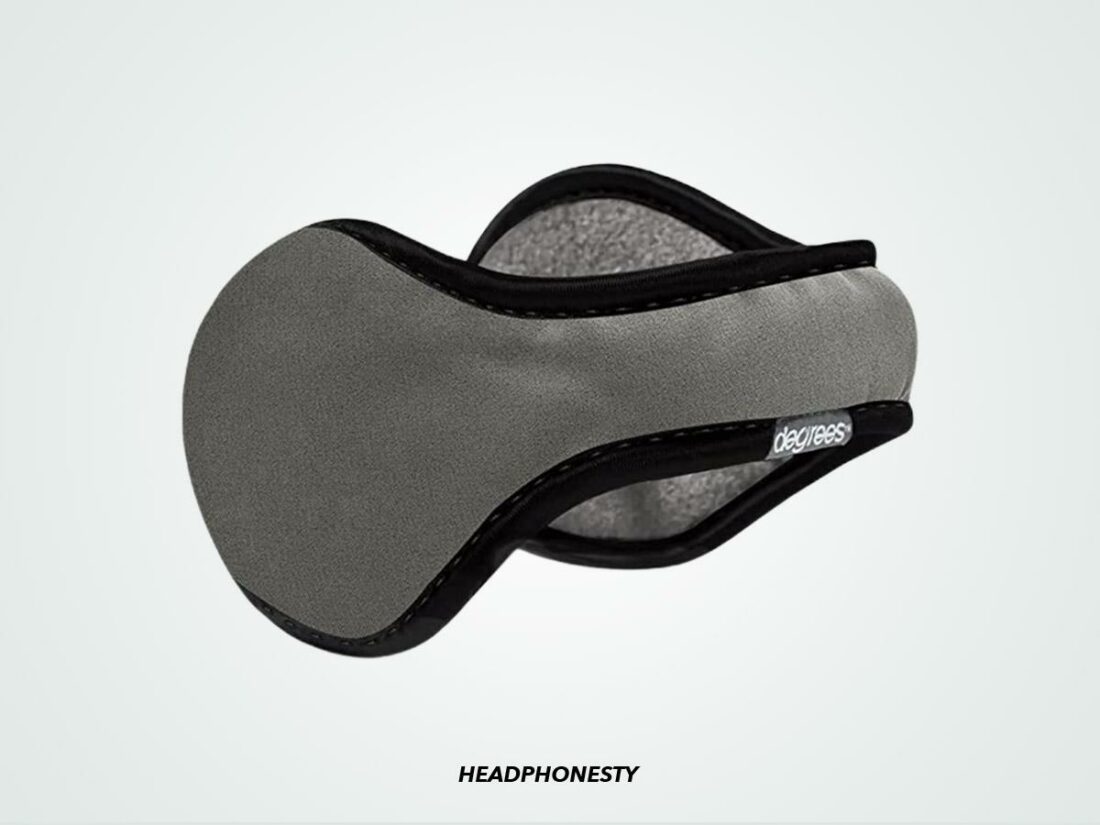
If pricey noise-canceling headphones aren’t in your budget, you can choose ear muffs instead. Ear muffs have a similar form factor to headphones and consist of a headband with two ear cups or ear coverings that primarily use passive noise isolation to block noise.
Some ear muffs feature more robust builds designed for outdoor activities like shooting or lawn mowing. On the other hand, some feature more low-profile designs made from thick fabric, fleece, or wool. These types also double as ear warmers and are soft enough to use while sleeping.
Are ear muffs effective and safe?
Yes, ear muffs are just as effective as earplugs and can reduce noise by 15-30 dB. However, unlike noise-canceling headphones, ear muffs are more suited for high-frequency sounds. So if you live in an area with high traffic noise and irritating beeping sounds, they’ll come in handy.
They’re also safer than earplugs because they don’t go inside the ear canal. This means fewer ear infections to worry about. The only downside is that ear muffs, particularly fabric ones, may make your ears feel hot or stifled while sleeping.
Here are some well-reviewed ear muffs to try:
4. Sleep headphones
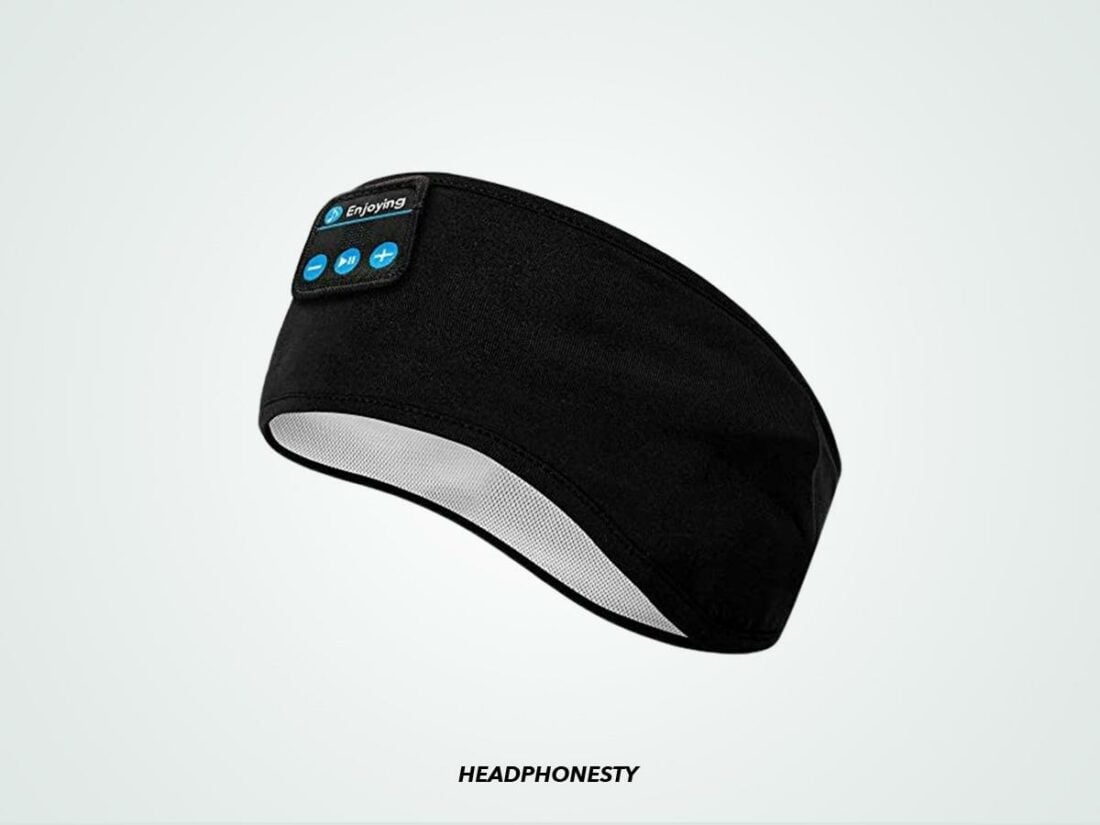
Sleep headphones are soft, elastic headbands equipped with ultra-thin speakers. Specifically created for use while sleeping, these headphones feature a super-comfortable design that won’t get in the way of even the most consistent side sleeper.
With Bluetooth connectivity, you can hook them up to a smartphone or tablet and listen to your favorite podcasts, music, or sleep playlists. And with the buttons conveniently situated on the headband, it’s easy to skip or pause tracks and adjust volume levels without moving from your position in bed or fiddling with your phone.
Are sleep headphones effective and safe?
Sleep headphones can be effective at masking background noise. However, they don’t provide the same level of noise reduction as earplugs, ear muffs, or noise-canceling headphones.
On the other hand, this also makes them safer to wear because they allow you to stay aware of your surroundings, so you aren’t entirely dead to the world while sleeping. And this enables you to respond if a fire or smoke alarm goes off, your child starts crying, or other similar emergencies occur.
Check out these popular sleep headphones:
Earplugs Alternatives vs Actual Earplugs: Which Should You Go For?
If you’re still unsure whether you should opt for an alternative to earplugs or stick to standard earplugs instead, here are a few things to consider:
Cost
Materials like cotton and tissue are undoubtedly cheaper than proper earplugs.
For instance, you can get a large bag of cotton balls on Amazon for US$3, whereas earplugs can cost anywhere between US$7 to US$25 a pack. So, if you’re looking for something for one-time use, the DIY alternatives are more economical.
Availability
Life is unpredictable. One minute, you’re having a quiet dinner with friends; the next thing you know, you’re at an overcrowded pub listening to deafening live music.
The point is that earplugs aren’t always readily available when needed. And in such cases, you should definitely consider the DIY alternative if you want to save your hearing.
Safety and comfort
Earplugs are worn quite deeply in the ear, which can feel intrusive and uncomfortable for some people.
They also pose a health risk since they create wax build-up in the ear canal that can trigger infections, causing hearing problems and tinnitus. If you’re prone to ear infections, stick to alternatives like ear muffs or ANC headphones.
Effectiveness
Earplugs, like other hearing protection devices, are more effective against high-frequency sounds. So if your primary concern is blocking out ambient noise at home, in an office, or a busy coffee shop, you’re better off with noise-canceling headphones.
As mentioned earlier, this alternative blocks low-frequency noise better and is best suited for the above-case scenarios.
Conclusion
Now that you’re familiar with all the different alternatives for earplugs, we hope you’ll surely be able to find an ideal one that’ll complement your needs and preferences.
Have you tried any of the above options, or do you have a unique alternative of your own? We’d love to hear your thoughts and ideas, so leave us a comment below!
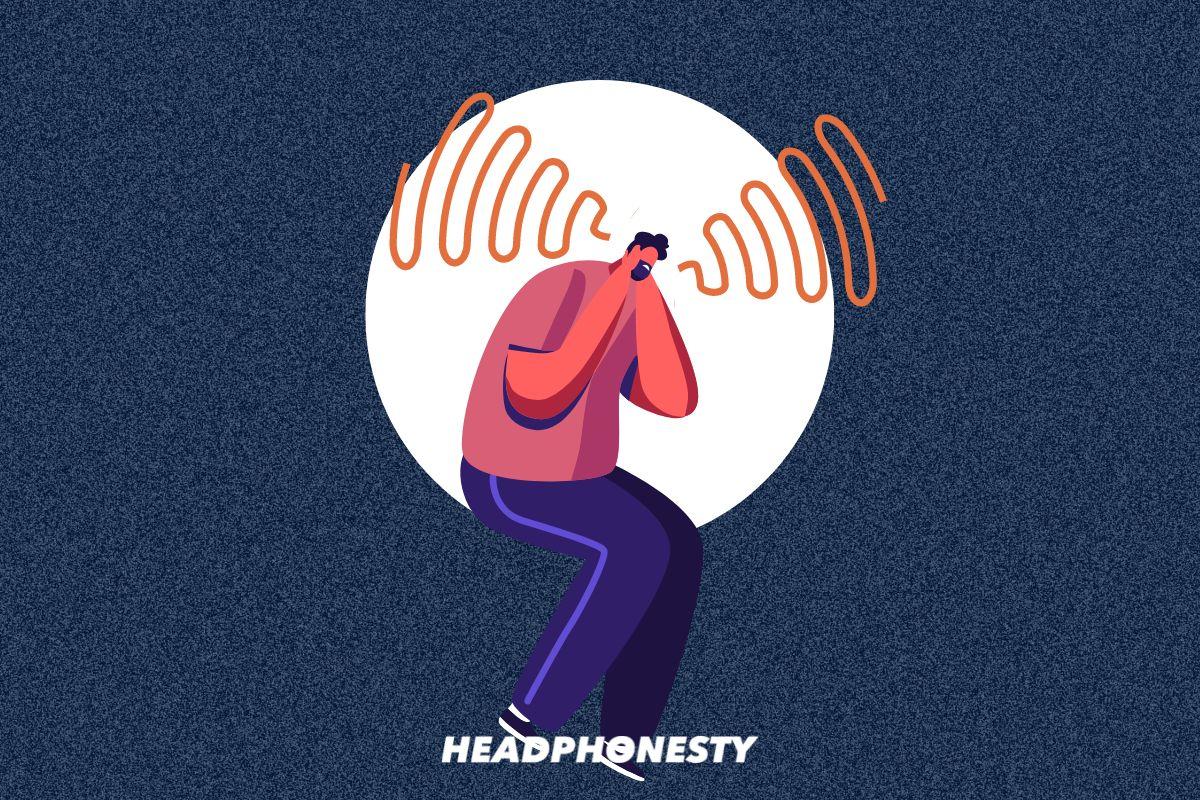
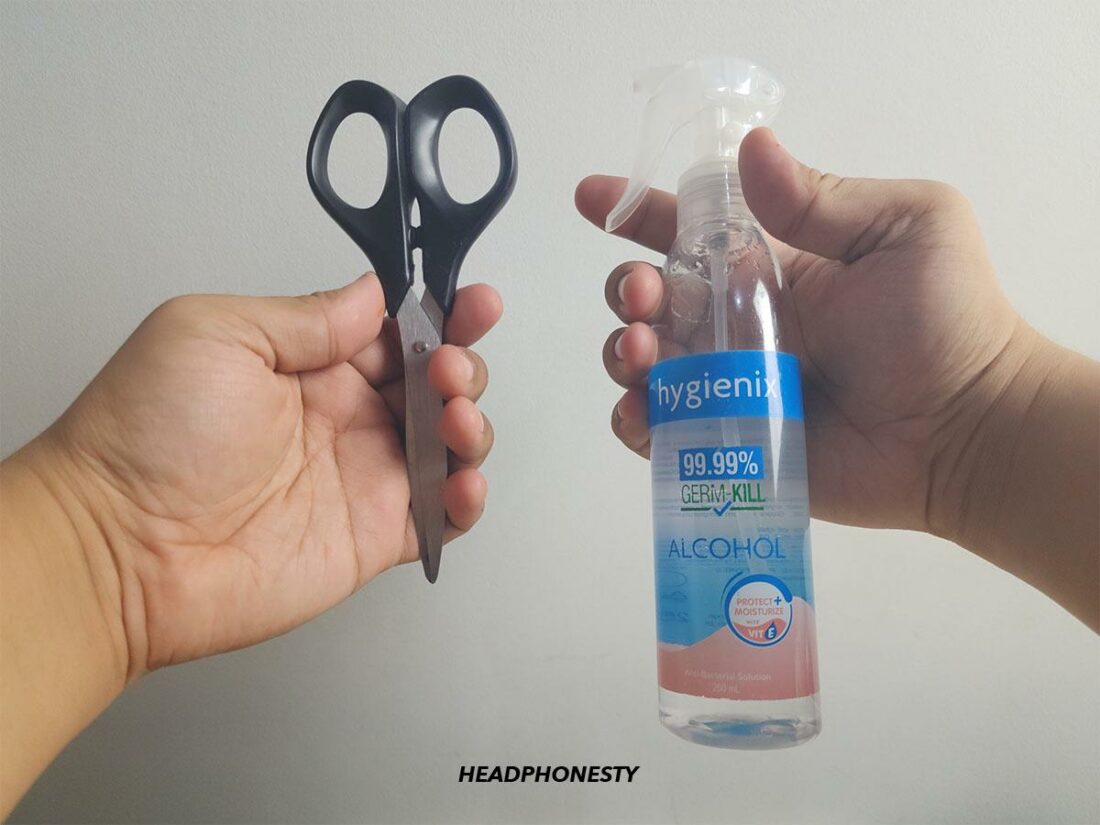
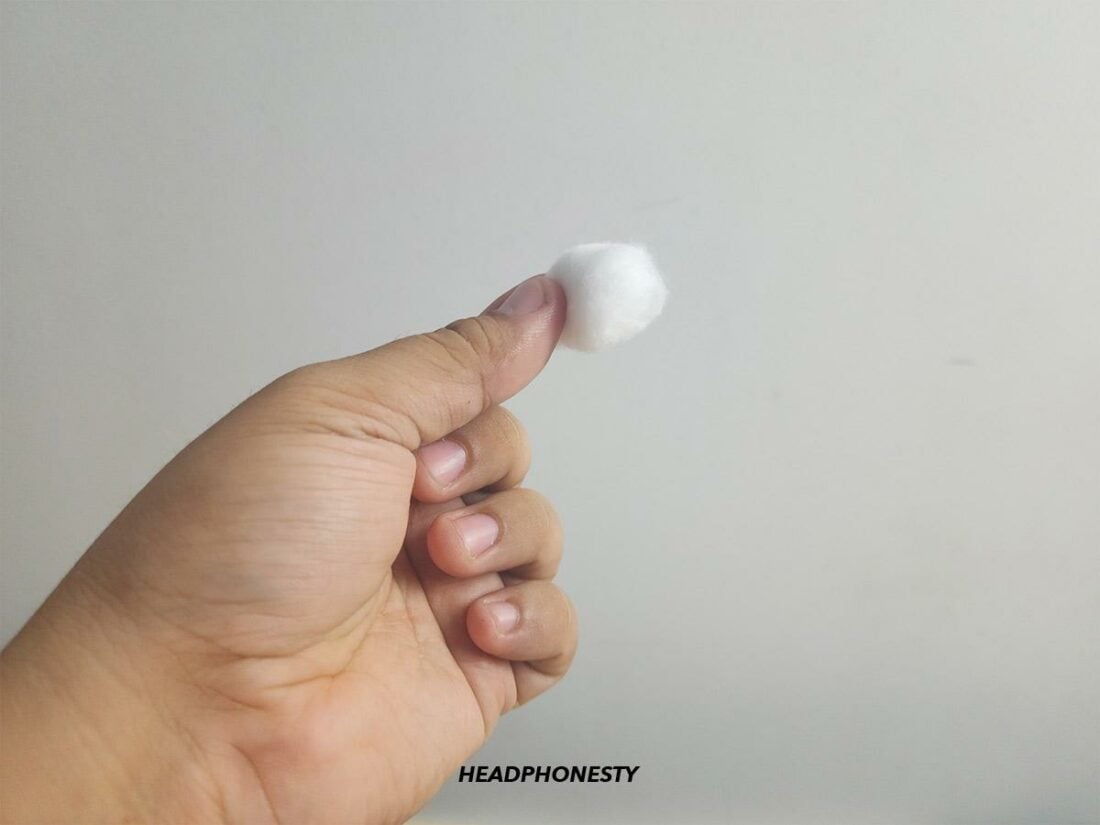
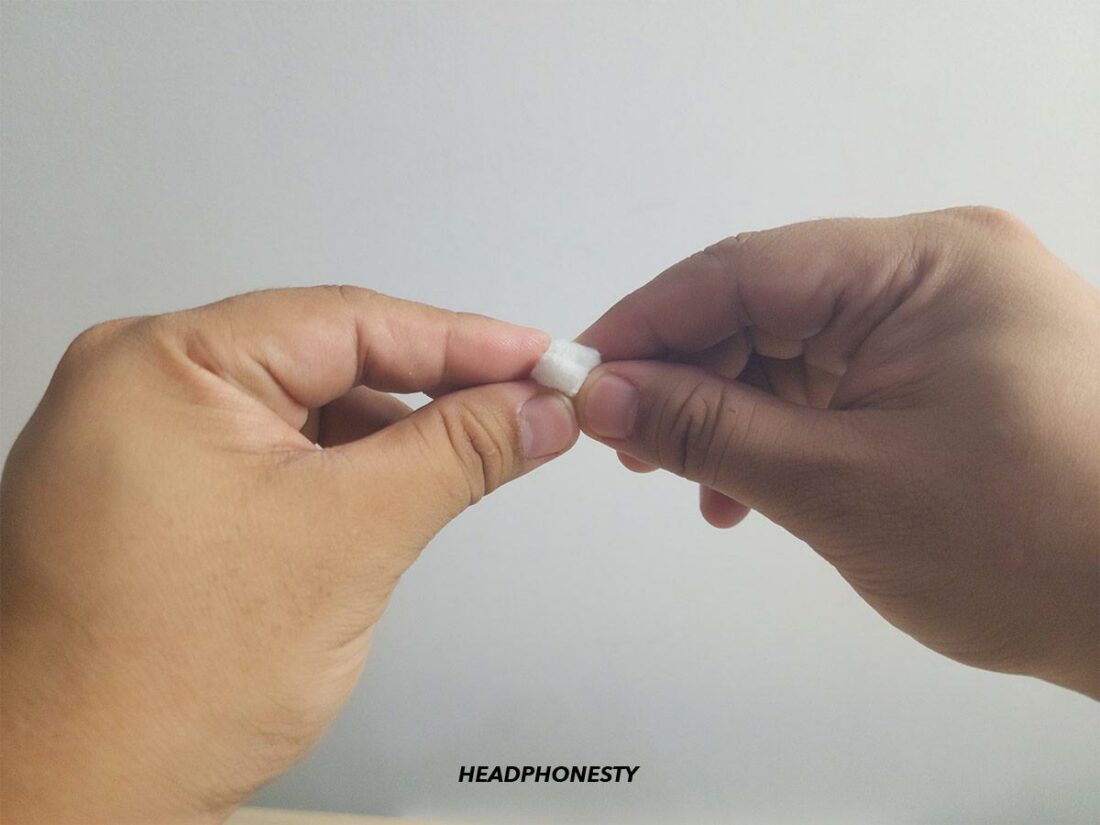
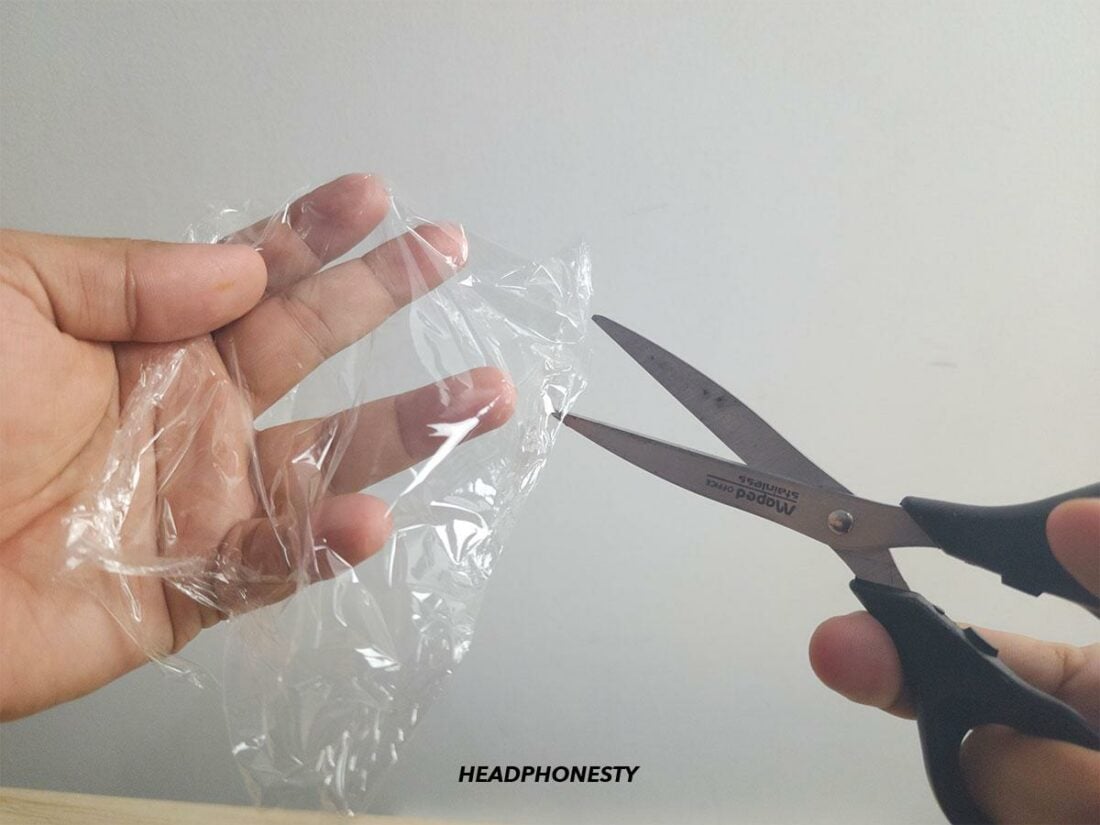
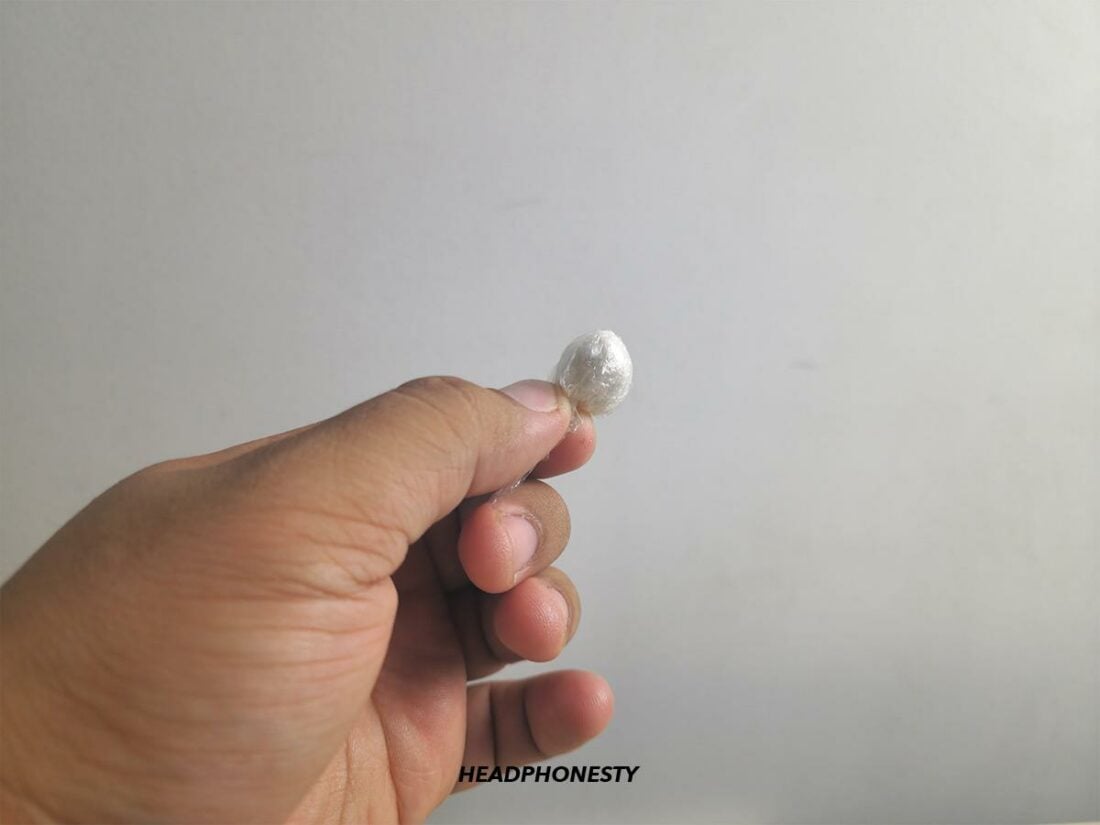
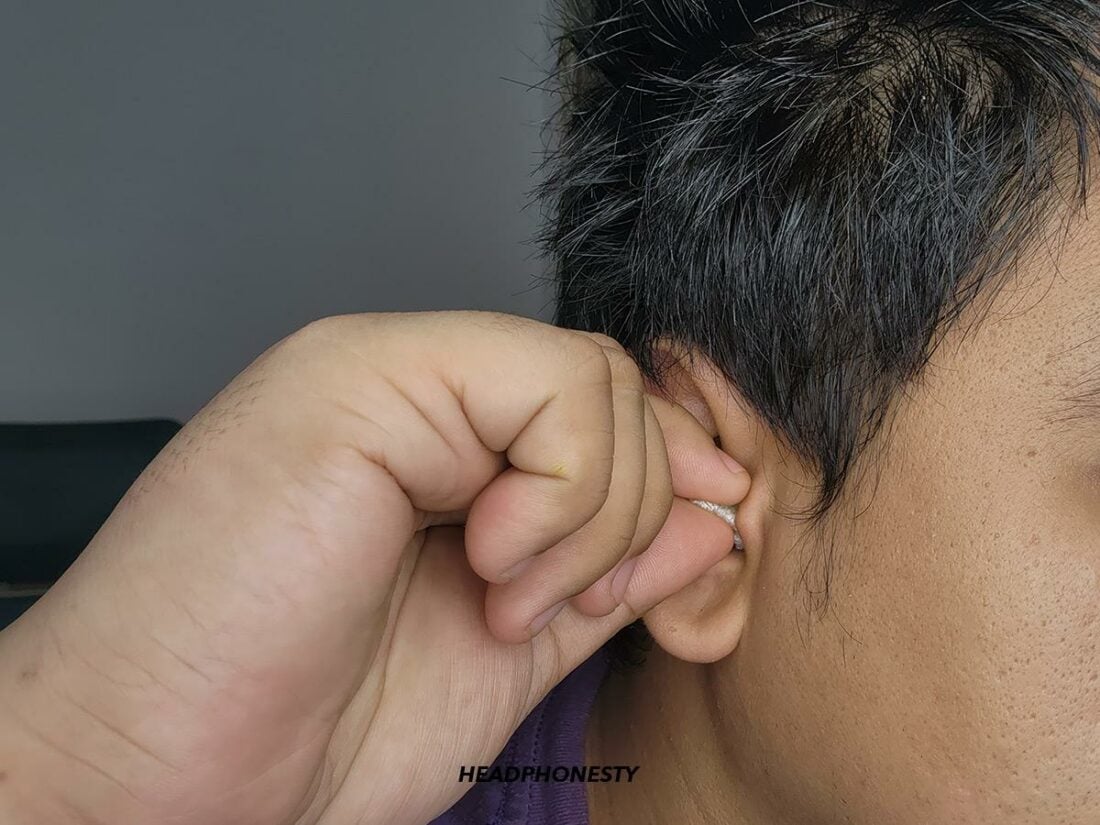
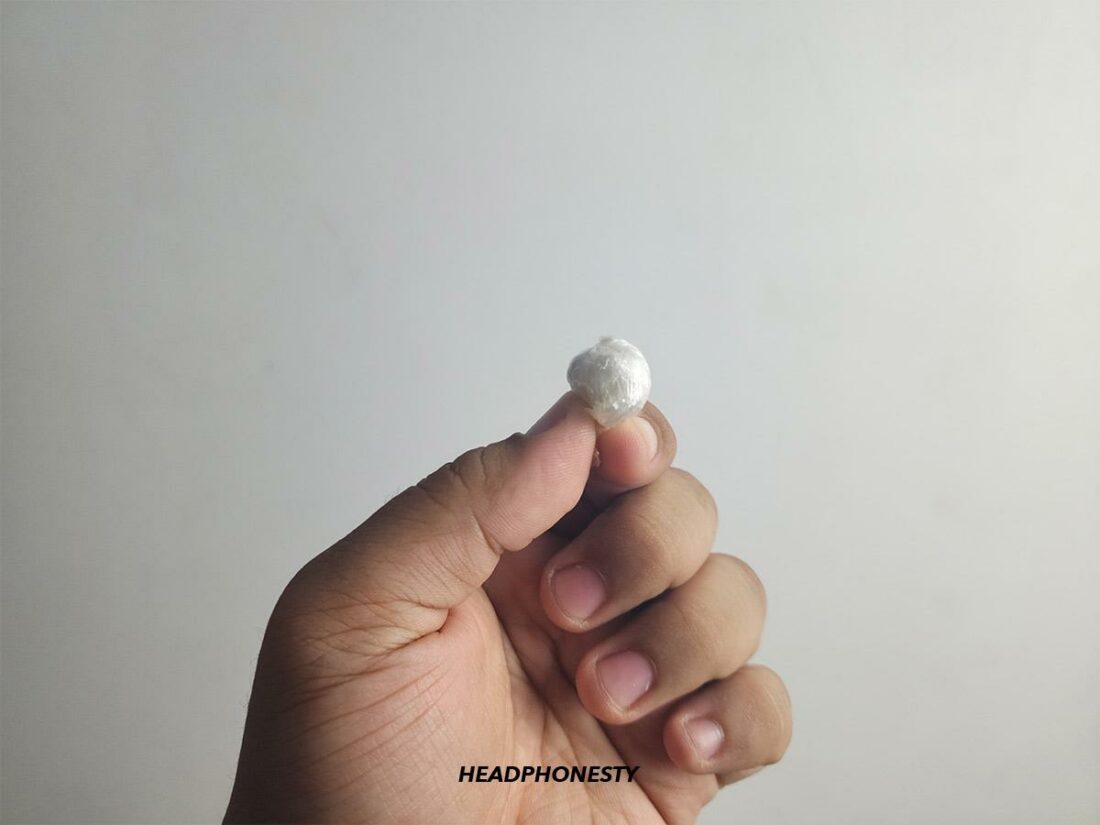
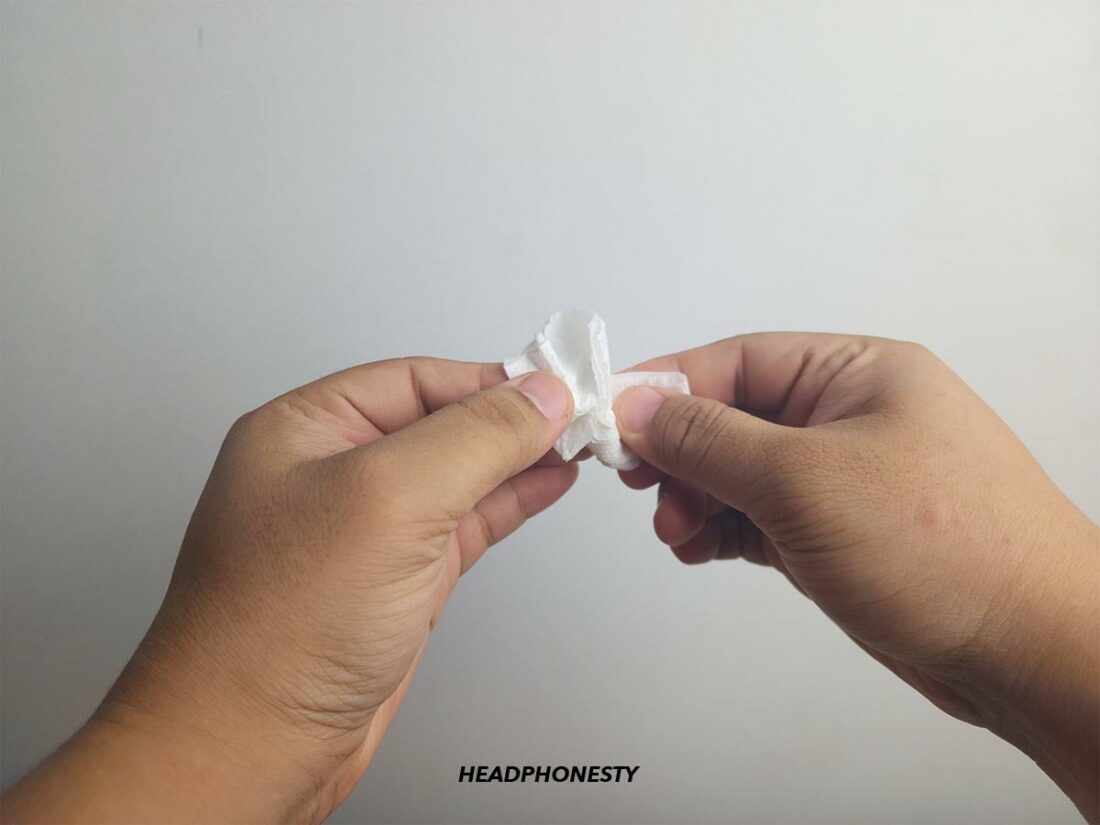
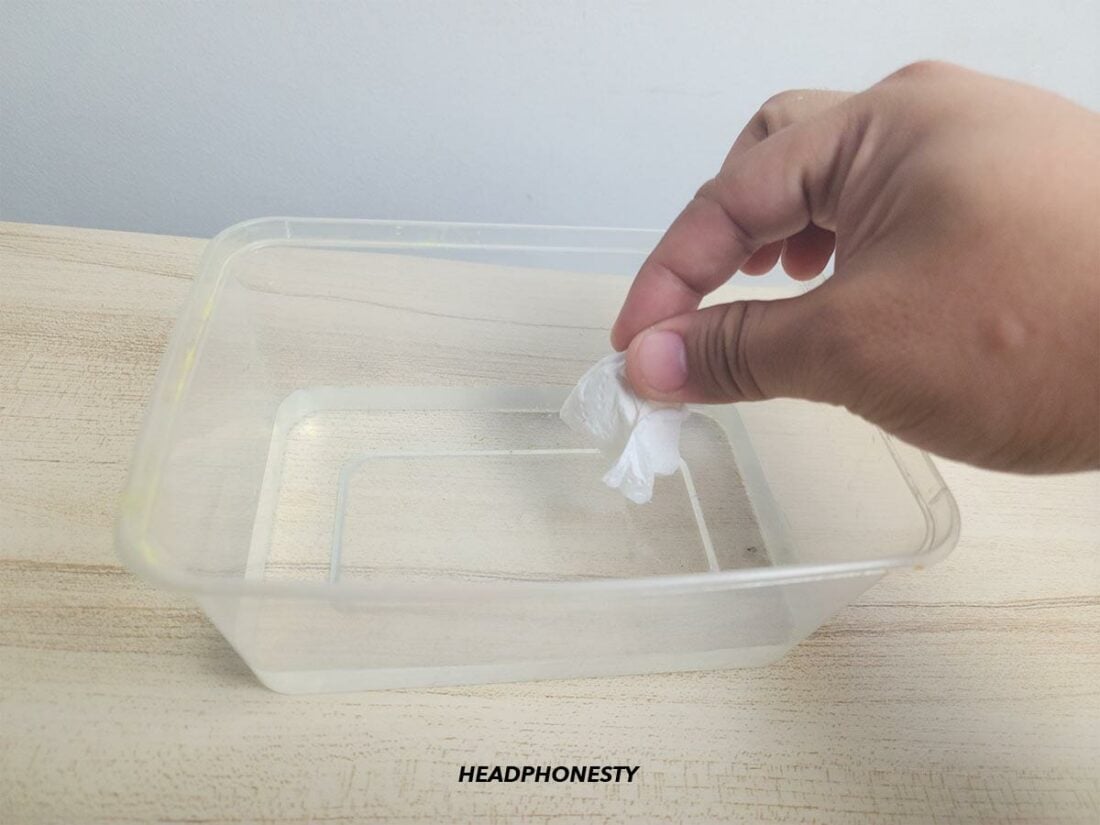
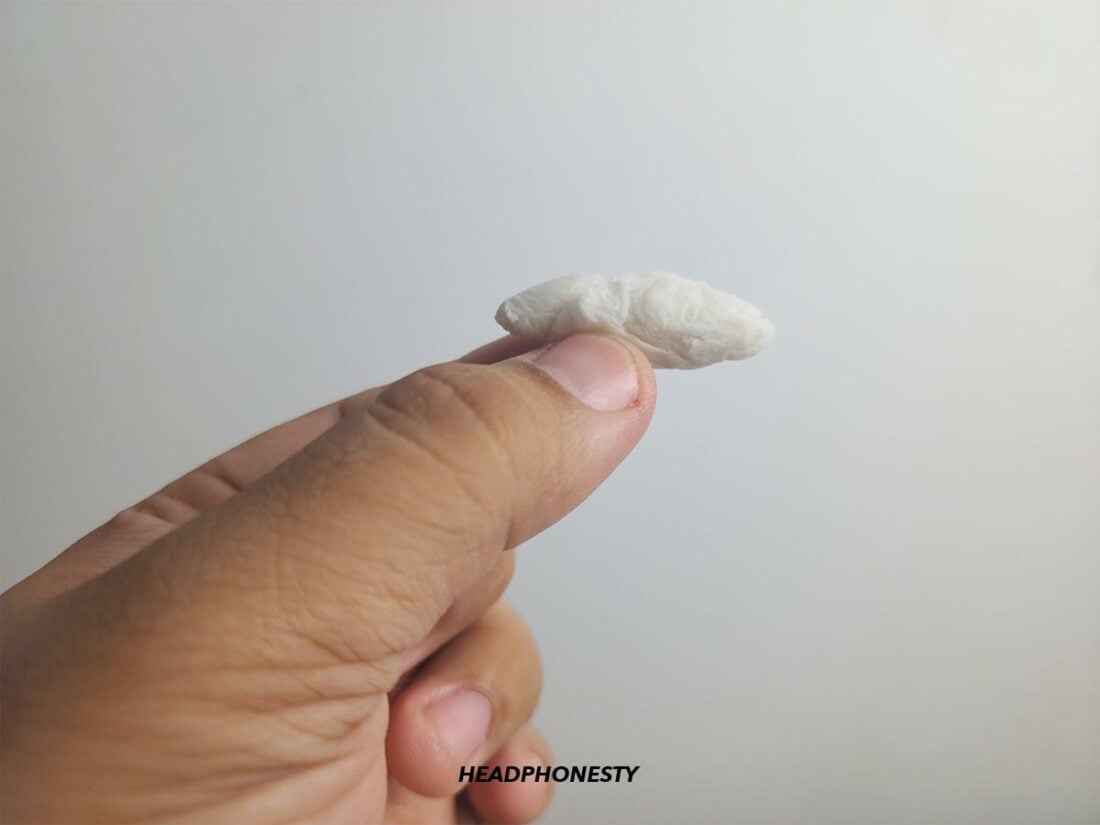
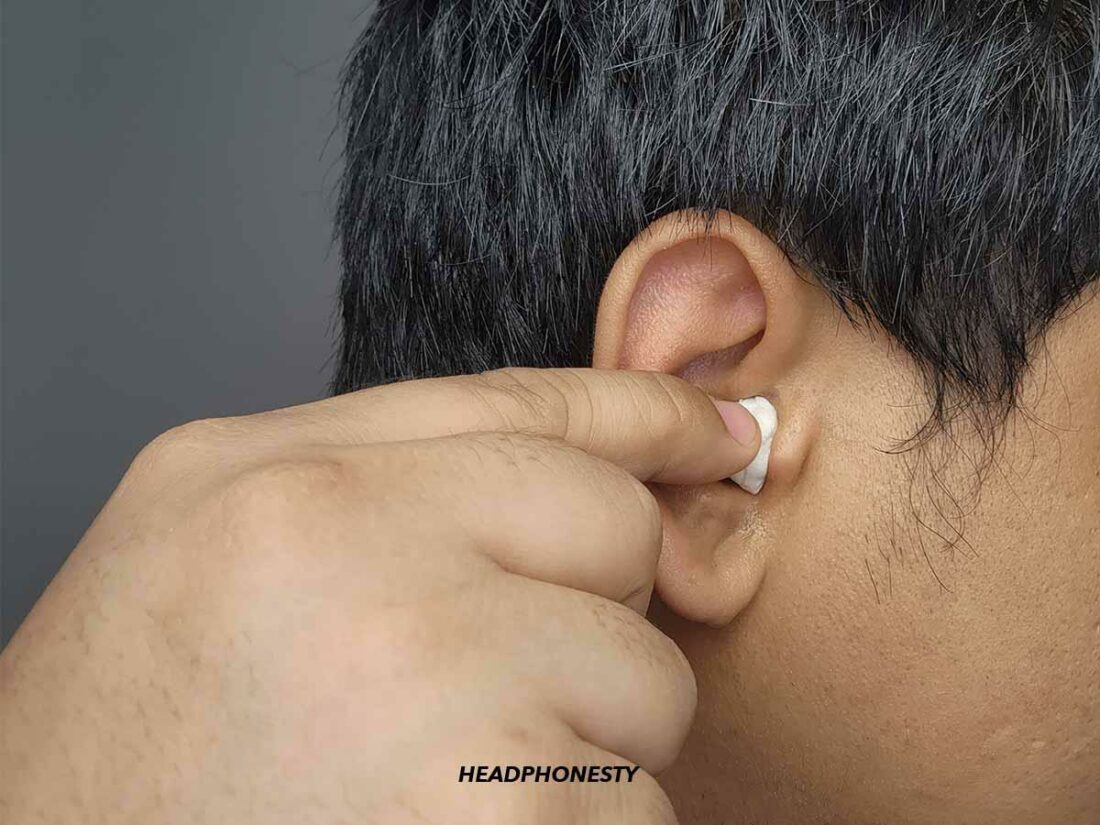
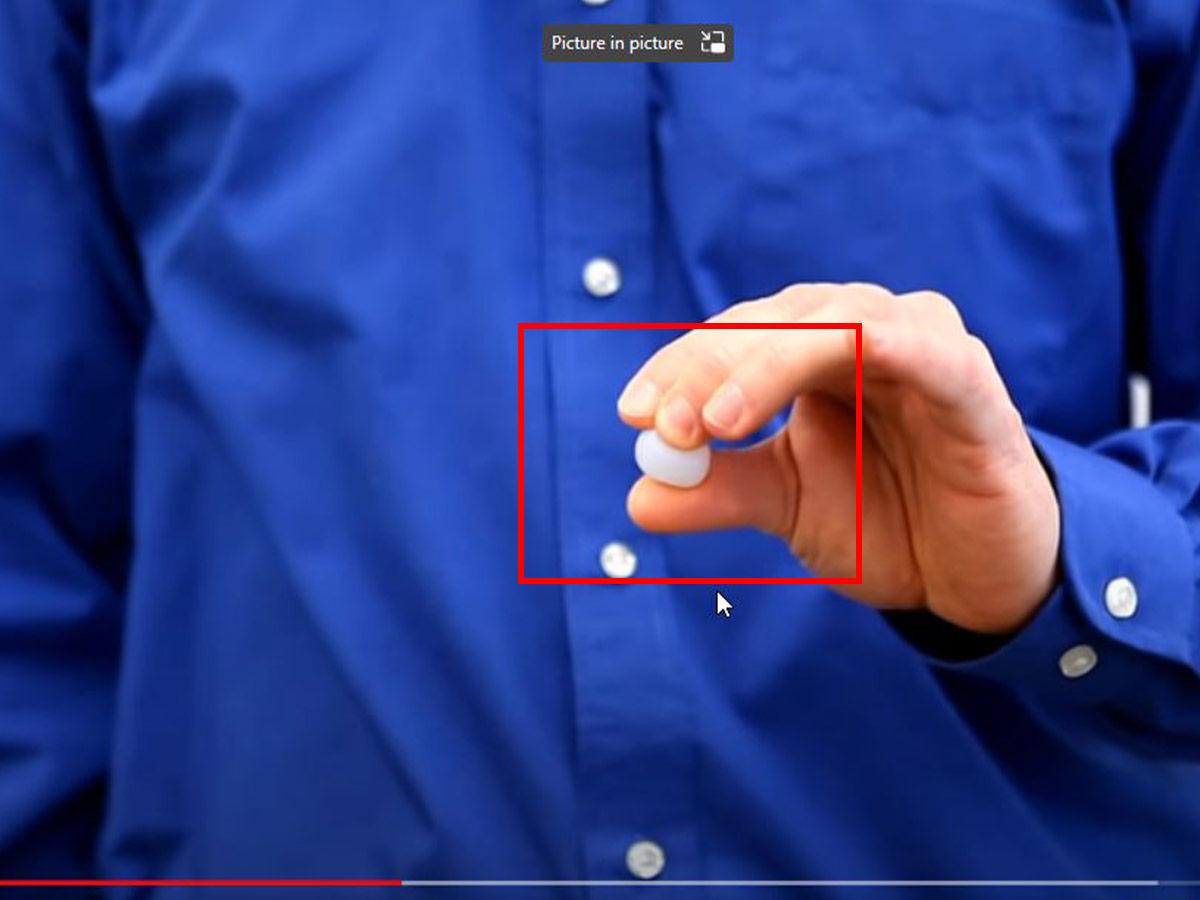
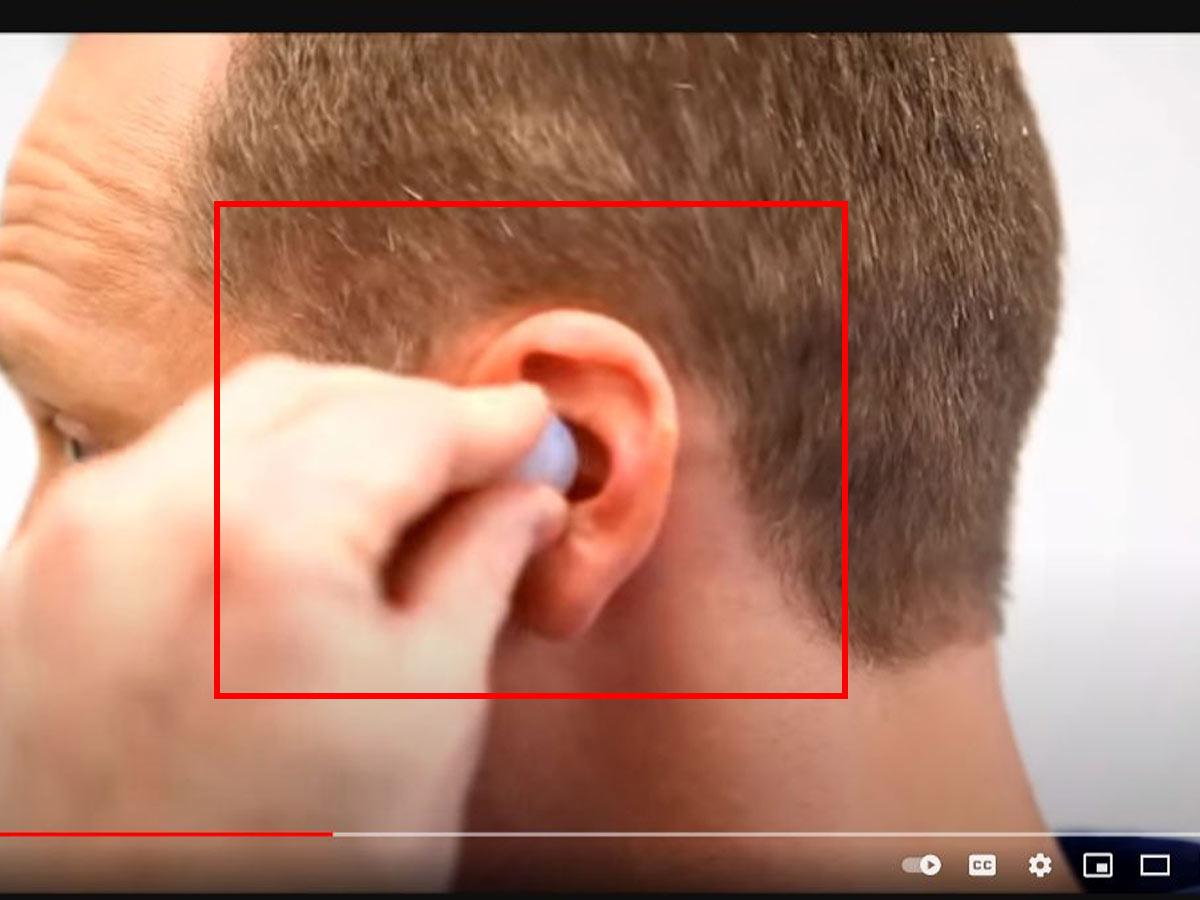
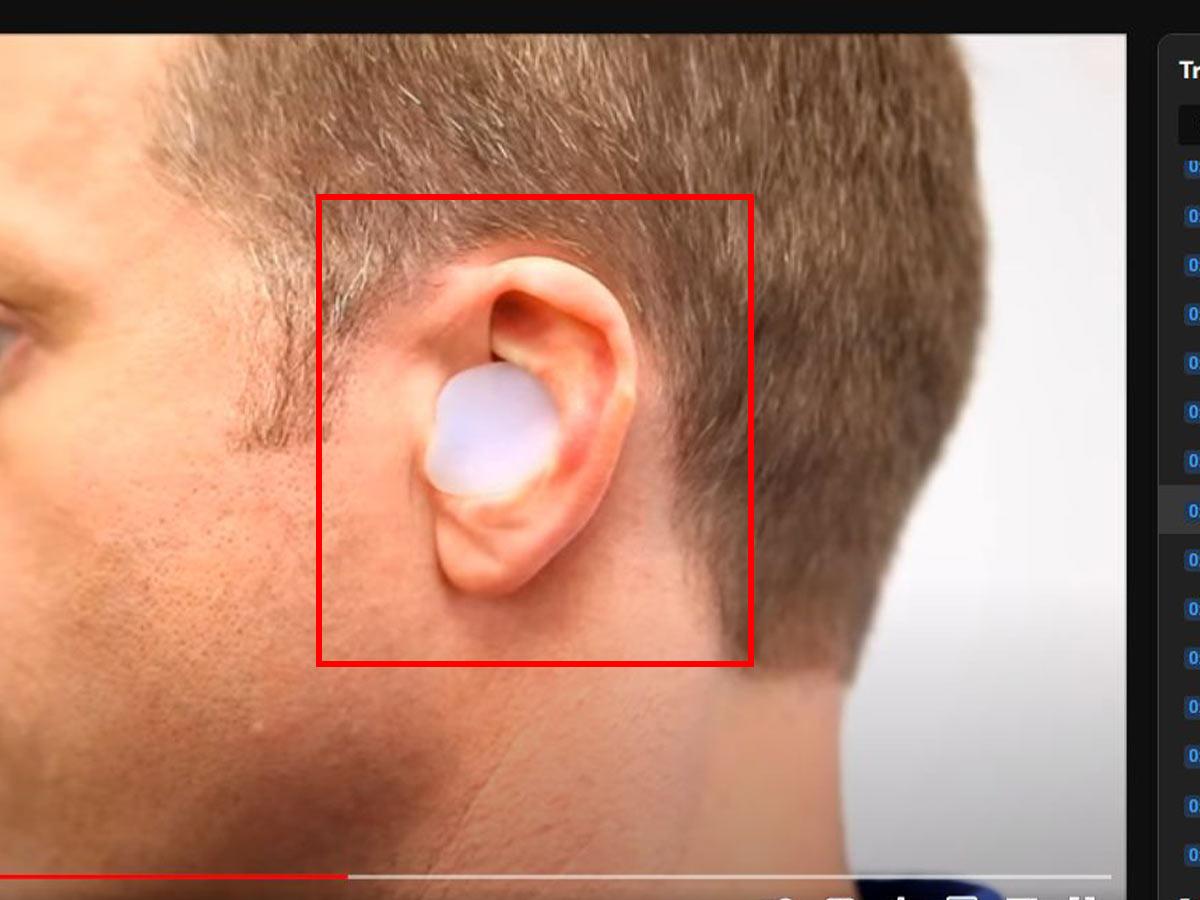
In a pinch, slip on pencil erasers make decent earplugs.